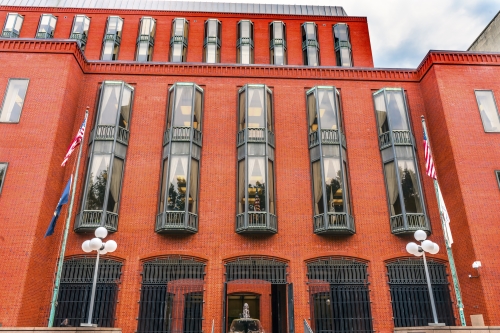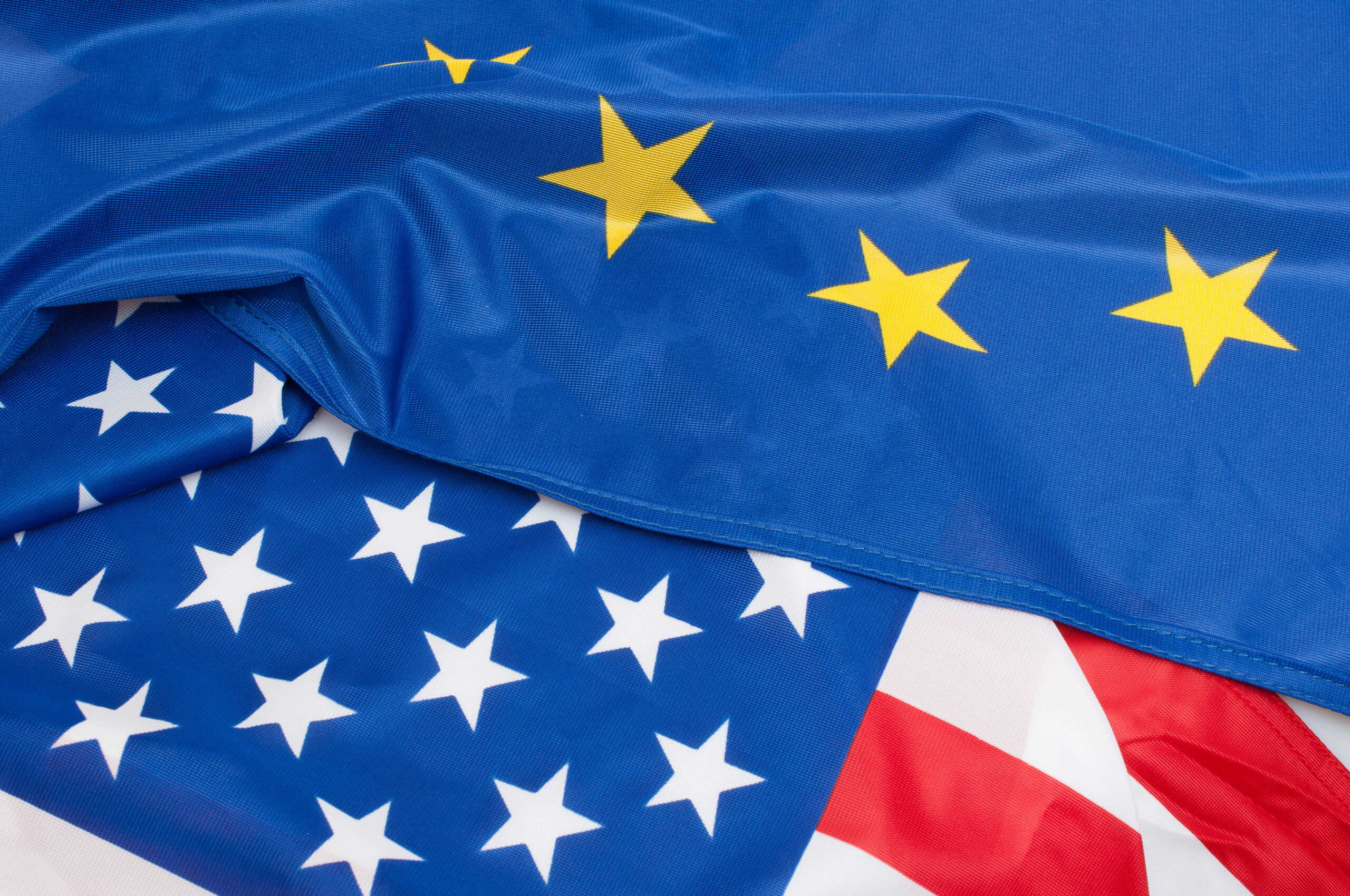CAFC Dismisses Pro Se Inventor’s Challenge to PTAB’s Obviousness Ruling
“The Board did not rely on either common sense or ordinary creativity to supply any missing environmental teaching, but rather pointed to the Oinonen and Whitley references.” – CAFC
Today, the U.S. Court of Appeals for the Federal Circuit (CAFC) issued a ruling in Shamoon v. Resideo Technologies, Inc. affirming a final written decision by the Patent Trial and Appeal Board (PTAB) that invalidated patent claims covering a communication system for accessing geographically remote locations. While the decision was nonprecedential, the Federal Circuit also struck down constitutional challenges to the PTAB proceedings raised by the pro se inventor and patent owner.
The PTAB invalidated all challenged claims of U.S. Patent No. 8064935, Ubiquitous Connectivity and Control System for Remote Locations, based on obviousness challenges raised in a petition by smart home tech company Resideo. During the inter partes review (IPR) proceedings at the PTAB, the ‘935 patent was owned by Ubiquitous Connectivity, LP. That entity assigned the ‘935 patent’s rights to Charles Shamoon, President of Ubiquitous Connectivity and lead inventor listed on the patent, after Ubiquitous Connectivity had already filed its appellate brief at the Federal Circuit. At the outset of today’s ruling, the CAFC held that Shamoon’s appeal was properly before the court and that oral argument had been waived.
‘Microprocessor’ is a Well-Understood Generic Component
Shamoon’s appeal mainly challenged the PTAB’s obviousness determinations. During the IPR proceedings, administrative patent judges (APJs) determined that claims 3, 14, 18 and 21 of the ‘935 patent were rendered obvious by two pieces of prior art: U.S. Patent No. 6275710 (“Oinonen”); and World Intellectual Property Organization (WIPO) Publication No. 99/49680 (“Whitley”). Oinonen claims a system for transmitting status data through a mobile communication network that monitors and controls peripheral devices. Whitley discloses methods for remote monitoring and controlling of home systems, like alarms and thermostats, that enable customers to control devices coupled to a gateway through a mobile device.
The series of claims invalidated over the combination of Oinonen and Whitley disclose a base unit configured to communicate both with an environmental device as well as a remote unit having wireless connectivity. During the IPR proceedings, the PTAB construed the “microcontroller” limitation of the base unit as a generic microprocessor component used for process control, a broad construction argued by petitioner Resideo. On appeal, Shamoon argued for the narrower construction presented by Ubiquitous Connectivity to the PTAB, which required at least a central processing unit (CPU), main memory, timing circuits and input/output (I/O) circuitry for handling a particular task.
The Federal Circuit agreed with the appellees that Shamoon’s construction attempted to narrow the definition of a well-understood term used by the inventor in its ordinary meaning. The specification of the ‘935 patent did not contain language requiring the claimed microcontroller to have a main memory, and it also contemplated the use of external I/O components for transmitting communications wirelessly. Further, expert testimony presented by Ubiquitous Connectivity during the IPR proceedings acknowledged that the base unit’s only functionality as required by the ‘935 patent’s claims was to receive messages and send commands. This testimony and dictionary definitions submitted by Shamoon showed the Federal Circuit that the term “microcontroller” had a broad definition that encompasses other microprocessor forms than the architecture proposed by Shamoon.
Menard’s Confirmation Message Meets Limitations of Claims 20 and 22
The final written decision issued by the PTAB also invalidated claims 20 and 22 of the ‘935 patent based on the combination of Oinonen, Whitley, and U.S. Patent Application No. 20020177428 (“Menard”). Menard claims a system of remote notification of monitored conditions that notifies users of an alarm, receives user responses for processing the alarm, and executes the process. Claims 20 and 22 of Shamoon’s ‘935 patent contain an additional step in the communication sequence: a confirmation message sent from the base unit to the remote unit after executing an instruction.
The Federal Circuit affirmed the obviousness findings on claim 20 and 22 after agreeing with the PTAB that it would be obvious to a person of ordinary skill in the art to combine the base unit communication systems of Oinonen and Whitley with the confirmation message function of Menard. Shamoon had argued to the Federal Circuit that, even if Menard disclosed confirmation messages, that prior art reference did not disclose such messages for environmental devices as claimed by the ‘935 patent.
“Because Oinonen and Whitley disclose the environmental devices and commands, it does not avail Mr. Shamoon to complain that Menard does not. The Board did not rely on either common sense or ordinary creativity to supply any missing environmental teaching, but rather pointed to the Oinonen and Whitley references.”
Finally, the Federal Circuit dismissed a pair of constitutional arguments raised by Shamoon on appeal. Shamoon’s arguments that PTAB APJs were unconstitutionally appointed to their position was resolved by the combination of the U.S. Supreme Court’s ruling in U.S. v. Arthrex (2021), and the U.S. Patent and Trademark Office’s June 2022 denial of Ubiquitous Connectivity’s request for Director review of the PTAB’s final written decision. Shamoon also argued that subjecting his patent rights, which were filed prior to the enactment of the America Invents Act of 2011, to the IPR proceedings was an impermissible taking under the Fifth Amendment. Citing to its 2019 decision in Celgene Corp. v. Peter, the Federal Circuit noted that it has already found that the retroactive application of IPR proceedings to pre-AIA patents was not an issue under the Takings Clause.
Image Source: Deposit Photos
Author: billperry
Image ID: 161261406
Steve Brachmann
Steve Brachmann is a graduate of the University at Buffalo School of Law, having earned his Juris Doctor in May 2022 and served as the President of the Intellectual Property […see more]







